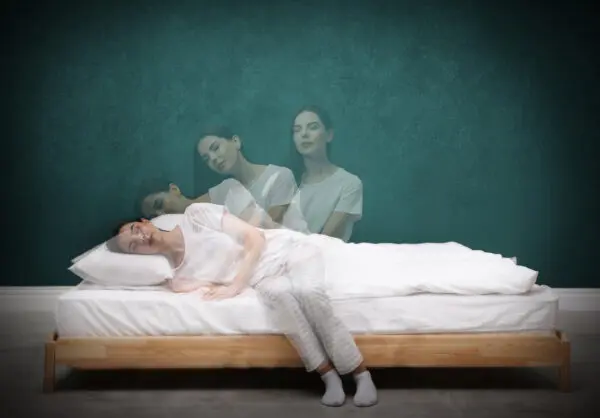
Siclari Group
Sleep and Dreams

Sleep and Dreams
Little is as perplexing as what happens in our minds when we fall asleep. First, we cease to perceive our surroundings and to act upon them. Then we may lose consciousness almost entirely, only to regain it later in the form of dreams. In dreams, we experience vivid and sometimes implausible scenarios that we nevertheless take for real. What underlies these dramatic changes in consciousness and cognition during sleep? And how does the brain, without any apparent effort, create a plausible real world-analogue in dreams? Although these questions have fascinated humankind since the earliest ages, the mechanisms underlying dream generation remain incompletely understood.
For a long time, dreaming was thought to occur exclusively during a sleep stage called ‘rapid eye movement sleep’ named after the rapid eye movements, that occur under closed eyelids, as if one was observing an animated scene. However, later researchers discovered that conscious experiences could occur in every sleep stage, even in so-called ‘deep’ sleep, albeit with varying characteristics. Researchers also discovered that sleep does not affect the whole brain at the same time, as previously assumed, but can occur and be regulated locally, meaning that in some conditions, brain activity patterns of sleep and wakefulness can co-exist in different brain areas. Based on these observations, Francesca Siclari and her colleagues investigate dreams broadly, across all sleep stages, with techniques allowing them map regional brain activity patterns with a high spatial resolution.
The approaches used in the laboratory include high-density EEG recordings and evoked potentials in combination with extensive sampling of dream experiences through serial awakening paradigms. The group also strongly relies on the clinical observations they make in sleepwalkers and patients with so-called REM sleep behavior disorder who act out their dreams in real time and thereby allowing them to understand how ‘actions’ and ‘perceptions’ are created in dreams. Finally, her group also investigates clinical populations of patients with sleep disorders to understand how abnormal forms of mental activity during sleep arise, like for instance excessive dreaming or the feeling of being awake during sleep.
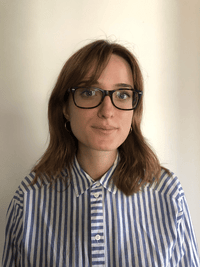
Student
See profile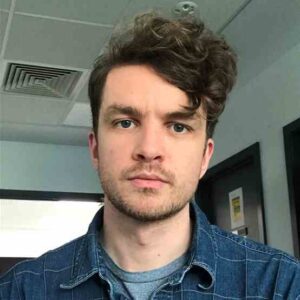
Postdoc
See profile
Postdoc
See profile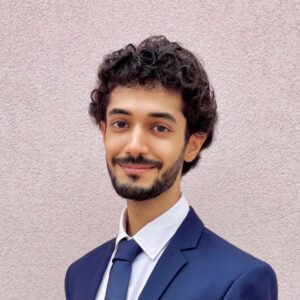
Student
See profile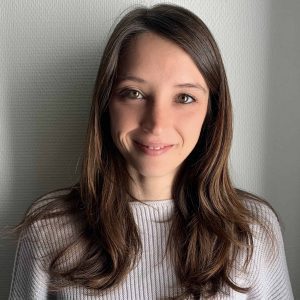
Postdoc
See profile
Head of department
See profile
Postdoc
See profile
Postdoc
See profile
Student
See profileAt the moment, there are no vacancies within this group
Show all vacancies
"*" indicates required fields
"*" indicates required fields
![]()
![]()
You can also transfer your contribution to NL76 INGB 0002 1673 78 in the name of ‘Stichting Vrienden van het Herseninstituut’
The Friends Foundation facilitates groundbreaking brain research. You can help us with that.
Support our work